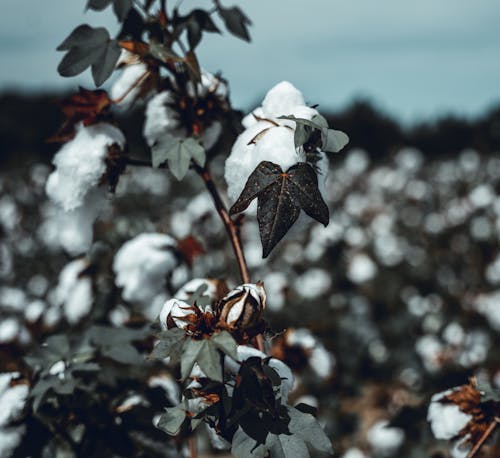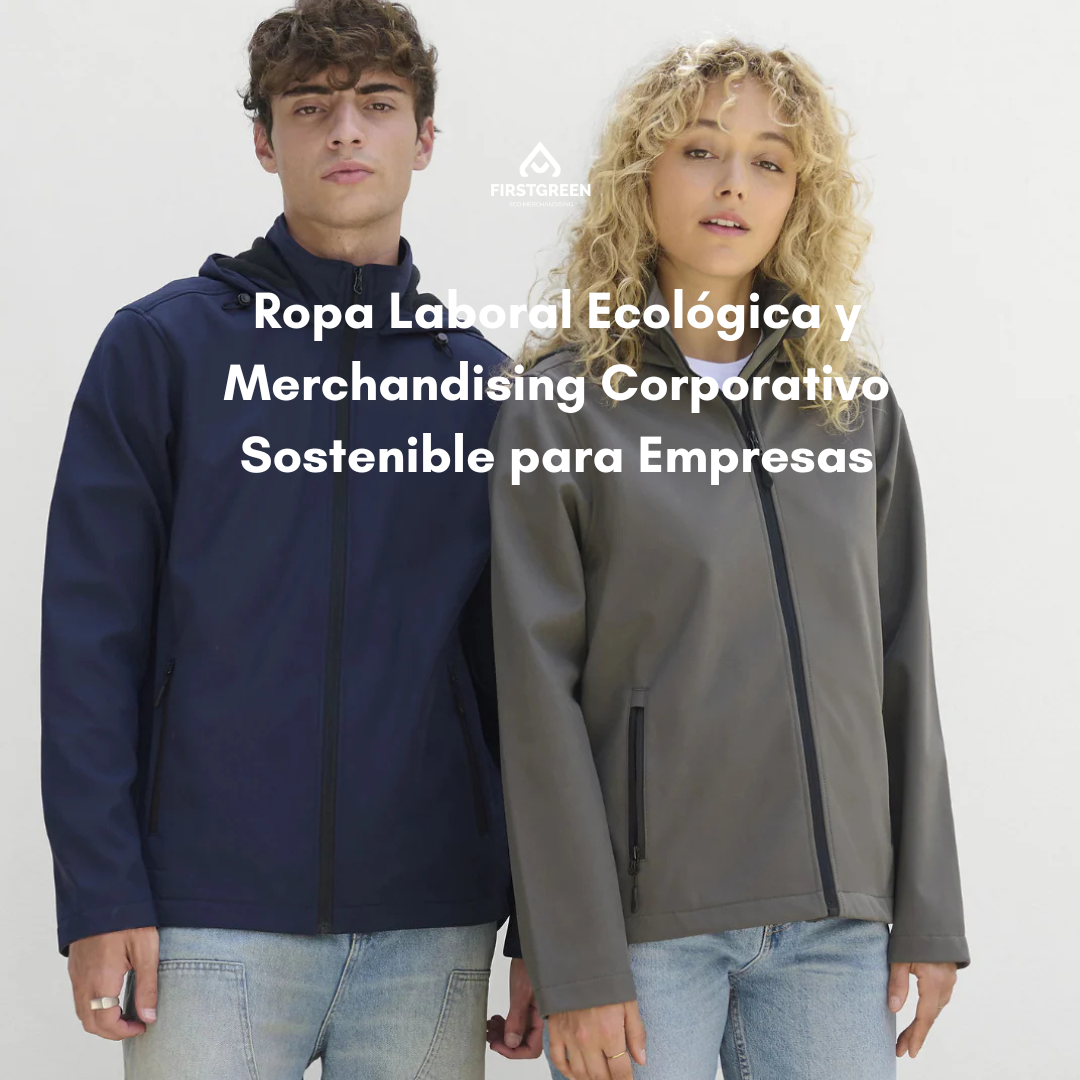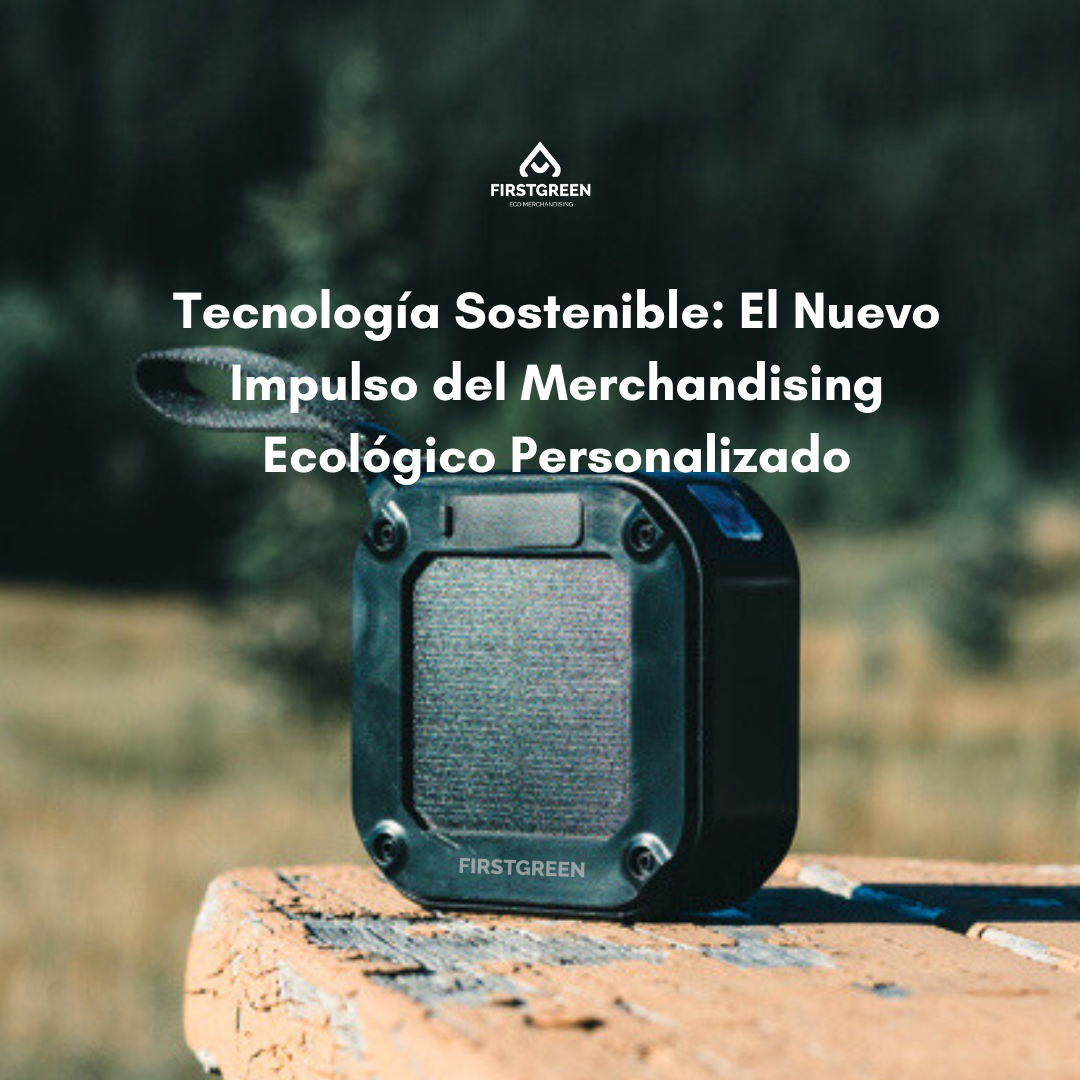Surely your wardrobe is full of cotton garments that you use every day, but do you know what impact on the environment can have by choosing an ecological, recycled or virgin t-shirt? If you are an environmentally conscious person, start by choosing your clothes, because looking good and taking care of the planet is possible.
FIRSTGREEN , dedicated to the sale of personalized gifts for companies, wants to explain to you what difference your choice can make for the environment when using fabrics made from virgin fiber, grown in an ecological and sustainable way, and those obtained from the recycling of fabrics or plastic bottles.
What are the environmental impacts produced by cotton?
The most widely used natural fibre in the textile industry is cotton , a material that, despite being considered less polluting than other materials, still has significant impacts on the environment.

There are already studies such as that of the European organisation dedicated to sustainable fashion MADE-BY on the environmental classification of these materials.
The study took into account six different impacts in its production process and the result was classified from A (less polluting) to E.
1.-Emission of gases that cause the greenhouse effect (20%)
2.-Toxicity in humans (20%)
3.- Its eco-toxicity (20%)
4.- Its energy consumption.(13'33%)
5.- Your water consumption (13.33%)
6.- Amount of land needed for its cultivation.(13.33%)
According to this study, the most environmentally friendly fibers
Letter A): would be recycled cotton, recycled nylon 6, recycled polyester, organically grown hemp and organically grown linen
Letter B: organic cotton and lyocell (new fiber made from tree cellulose, especially eucalyptus).
Letter C: hemp, conventional linen .
Letter D and E: virgin polyester, conventional cotton, wool or virgin nylon 6.
What do we mean when we talk about recycled fibers, what is the problem with their use?
The material used to make these new recyclable and sustainable fabrics comes from:
Recycled fibers are those recovered from the tables of textile workshops.
Recycling of used clothing, the large mix of fabric that makes up clothing makes it difficult to separate fibers to transform them into new thread of good quality and with the necessary quality, so the result of this process is used to convert it into rags, fillings, or to pass it on to the automobile or insulation industry, we can also see them in lower quality garments such as jeans or socks.
Impacts for the creation of a water-related cotton t-shirt
Taking into account the water used in the cultivation and subsequent processes for the manufacture of a 250-gram cotton T-shirt, the father of the water footprint concept Arjen Hoekstra in his book Globalisation of Water , estimates that 2,900 litres of water are needed. 1,230 litres of irrigation water, 1,100 litres of rainwater or green water and 600 litres of water that is contaminated in the manufacturing process (chemicals and dyes).
53% of cotton fields are irrigated and the main producers are in China, the USA, India, Pakistan and Uzbekistan, places where water is scarce.
Large textile companies, which previously only focused on the final product, have seen the risk of not controlling the natural resources from which their raw materials come, so they are seeking traceability throughout the chain, starting with water to ensure future supplies.
Environmental impacts by water and carbon footprint of the manufacture of cotton T-shirts from least to most polluting would be:
*(carbon footprint: CO2 emissions generated from the time the cotton is planted until it becomes waste, 20% in obtaining material, 9% in manufacturing, 2% in transport, 60% in the energy used for an average of 50 drying times over its life)
1.- Organic cotton , although the manufacture of an organic cotton t-shirt or sweatshirt still consumes a lot of water, it does not use agrochemicals, due to its carbon footprint of 3.09 kilos of CO2.

2. - Recycled cotton T-shirts that, when mixed with fibres from recycled plastic bottles or rPet, create a fabric with resistant, flexible and waterproof properties and that generates 75% less carbon footprint than virgin polyester.
 To the
To theConventional cotton , 2900 l of water, and 3.87 kg of CO2.
Recycled cotton (3.99 kg of CO2), taking into account the CO2 emissions and water consumption of conventional cotton, is a somewhat unrealistic figure, since the same studies emphasize the environmental advantages of using this fiber. If we only take into account the water footprint, this fabric would be in the least polluting group.
FIRSTGREEN, as an advertising merchandising company committed to the environment, joins the movement of entrepreneurs who seek environmental sustainability through their actions. Working and promoting ecological and sustainable articles .



